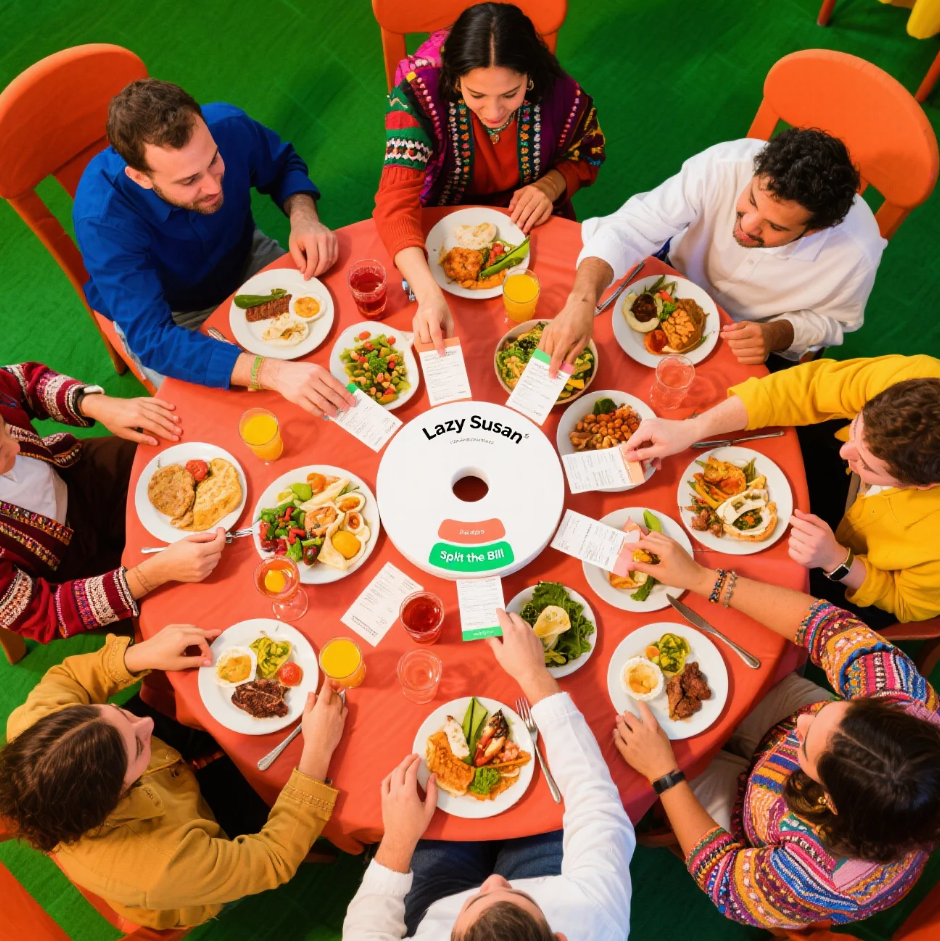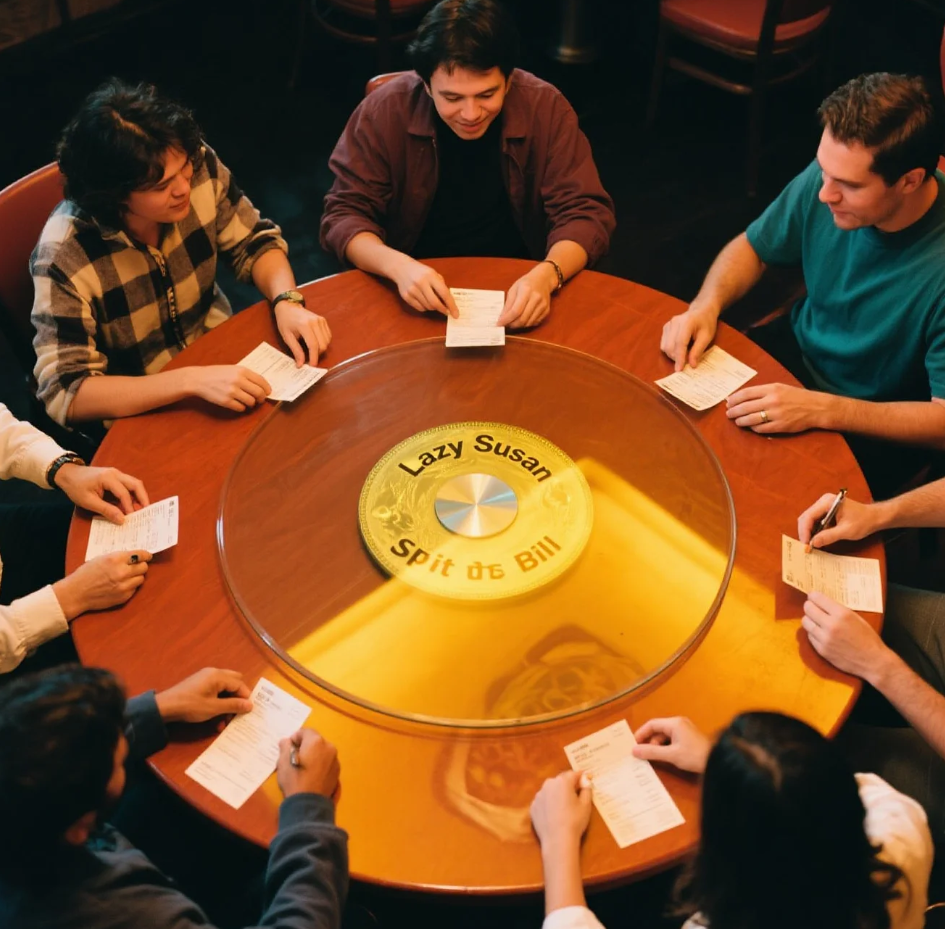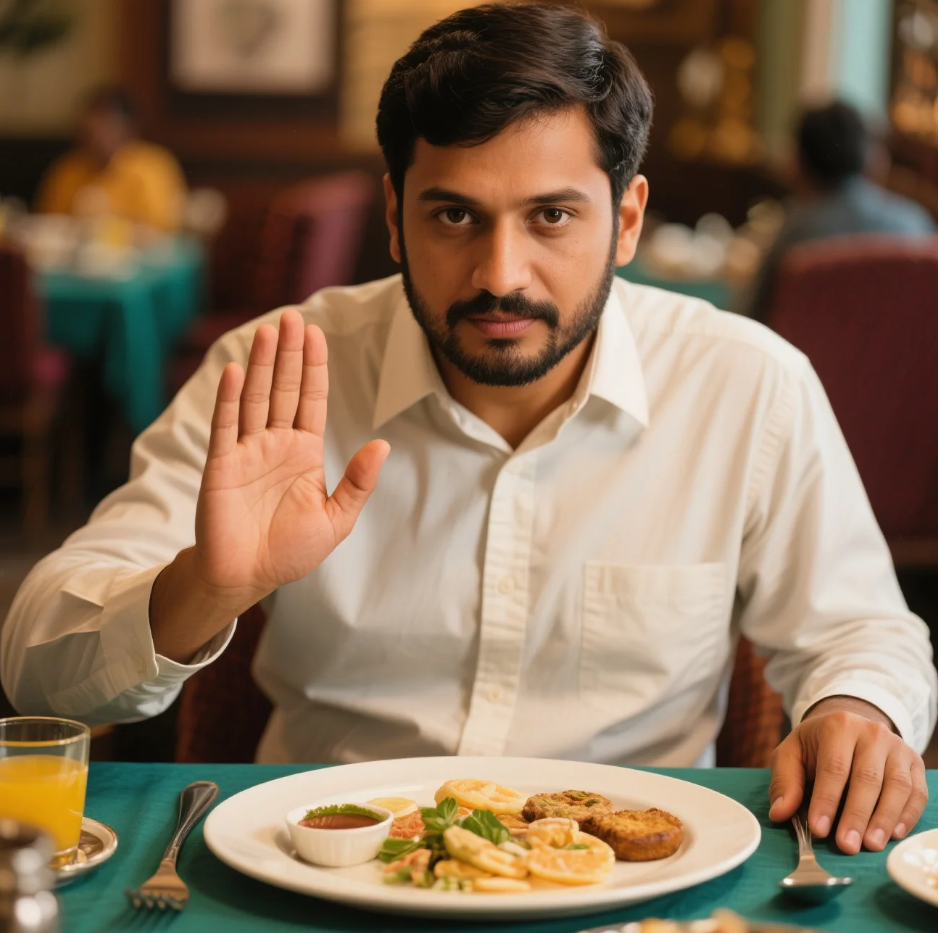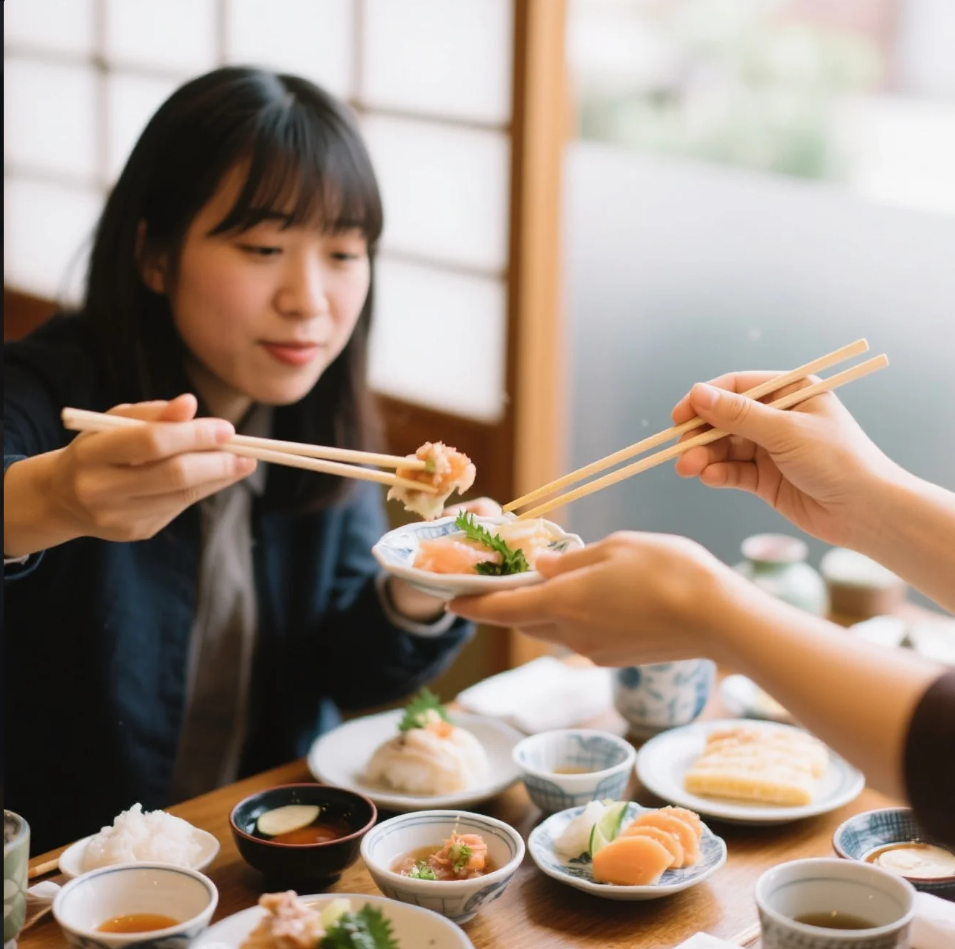
Dining is more than just eating food; it is a powerful cultural experience that reveals much about social values, traditions, and interpersonal relationships around the world. Whether you find yourself spinning a Lazy Susan in a bustling Chinese banquet or nervously calculating who owes what at a café in Europe, the act of sharing a meal is deeply intertwined with etiquette and cultural norms. This article dives into the fascinating world of table manners and payment customs, offering a colorful journey through diverse dining rituals across continents.
The Art of Sharing: Why Table Manners Matter
Table manners serve as social glue, shaping how people interact during meals. They can indicate respect, hierarchy, generosity, or even resistance. While some cultures emphasize communal sharing and close physical proximity, others value individual portions and personal space. Understanding these differences can prevent awkward moments and even build stronger cross-cultural connections.
Asia’s Communal Feast: The Lazy Susan and Collective Sharing
In many East Asian countries, communal dining is the norm. The Lazy Susan, a revolving tray placed at the center of the table, is an ingenious invention that embodies the spirit of sharing. Dishes are placed in the middle, and diners rotate the tray to pick whatever they want.
China: Harmony on a Revolving Tray
Chinese dining etiquette emphasizes harmony and respect for elders. The eldest or most honored guest often begins the meal. It’s polite to sample a bit from each dish, demonstrating appreciation for the chef’s effort. The Lazy Susan fosters equality by giving everyone access to every dish, reducing competition for food.
Korea and Japan: Similar Yet Unique
Korean dining often includes multiple side dishes (banchan), shared among diners, but with strict rules about using separate utensils for serving versus eating. Japan favors individual portions but still promotes a quiet, respectful atmosphere during meals.
Europe’s Bill Dilemma: To Split or Not to Split?
Unlike Asia’s communal style, European dining tends to favor individual plates and distinct portions, leading to a very different etiquette when it comes to paying the bill.
The Split Bill Debate
In countries like the UK and France, splitting the bill evenly among diners is common but sometimes considered impolite, especially if one person orders significantly more. In contrast, the Scandinavian countries often encourage everyone to pay exactly for what they consumed, reflecting their cultural emphasis on fairness and transparency.
Who Pays the Bill?
In Mediterranean cultures such as Italy and Spain, the person who invites usually pays the bill, a gesture tied to hospitality and generosity. However, friends often expect a reciprocal invitation in the future, balancing social obligations.
Middle Eastern Hospitality: Generosity Beyond the Bill

In many Middle Eastern countries, dining is an elaborate ritual filled with generosity and hospitality. Guests are often treated with lavish spreads, and the host insists on paying the entire bill as a sign of respect and honor.
Africa’s Communal Bond
Many African cultures embrace communal eating, often sharing food from a single large bowl. This tradition fosters a sense of unity and belonging. The concept of splitting a bill is often irrelevant in close-knit communities where hospitality is paramount.
North America: Casual and Diverse
The United States and Canada reflect a melting pot of dining etiquette due to their multicultural populations. While splitting the bill (“going Dutch”) is common among friends and colleagues, formal dinners may involve the host paying the entire amount. Tipping customs also add another layer of complexity unique to the region.
Tips to Navigate Dining Etiquette When Traveling
- Research local customs before dining out.
- Observe how locals interact during meals.
- When in doubt, follow the host’s lead.
- Be respectful of serving and eating utensils.
- Don’t rush the meal; dining is often a social experience.

Conclusion: Food as a Universal Language
Dining rituals and payment customs may vary dramatically worldwide, but the essence remains the same — sharing food is sharing life. By embracing these cultural nuances, travelers can enjoy richer experiences, avoid misunderstandings, and build bridges across cultures, one meal at a time.









































